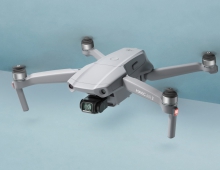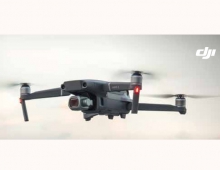
EASA Publishes Guidelines for Safe Drone Operations
The European Aviation Safety Agency (EASA) has published the first formal Opinion on safe operations for small drones in Europe.
This formal Opinion is serving as a guideline for the European Commission to adopt concrete regulations later this year.
"This regulation will enable the free circulation of drones and a level playing field within the European Union, while also respecting the privacy and security of EU citizens, and allowing the drone industry to remain agile, to innovate and continue to grow," said Patrick Ky, EASA Executive Director.
The rules outline the design requirements for small drones (up to 25kg), which will be implemented by using the CE marking for products brought on the market in Europe. The operator will find in each drone package a consumer information with the "do's and don'ts" on how to fly a drone without endangering other people.
The requirements do not focus on the drone itself, but consider a range of elements such as where the drone is flown (over the sea or over a city centre), who is flying the drone (a child or a professional pilot) or what drone is actually being used (how heavy is the drone or what safety features it does have).
"Open" operations that don't require prior authorization include taking photos, infrastructure inspections and leisure activities where the drone is kept in sight.
"Specific" operations require an authorisation by the competent authority before the operation takes place. Here, safe operations are guaranteed through a system in which the drone operator is required to carry out an operational risk assessment and put in place the resulting mitigation measures to obtain an authorisation to fly the drone. Examples of this category are flights where the operator can no longer see the drone (so-called beyond visual line of sight or BVLOS), flying over populated areas and operations with heavier drones.
The proposals also offer flexibility to the EASA Member States. They will be able to define zones where drone operations will be either prohibited or restricted (for example, to protect sensitive areas), or where certain requirements are alleviated (for example, areas dedicated to model aircraft).
EASA will develop standard scenarios that will make it simpler to obtain authorizations for well‑defined operations (such as, for example, linear inspections conducted in BVLOS, or crop spraying). The proposal also recognizes the good safety records of model flying clubs and associations and it provides special alleviations for members of those clubs and associations.





















